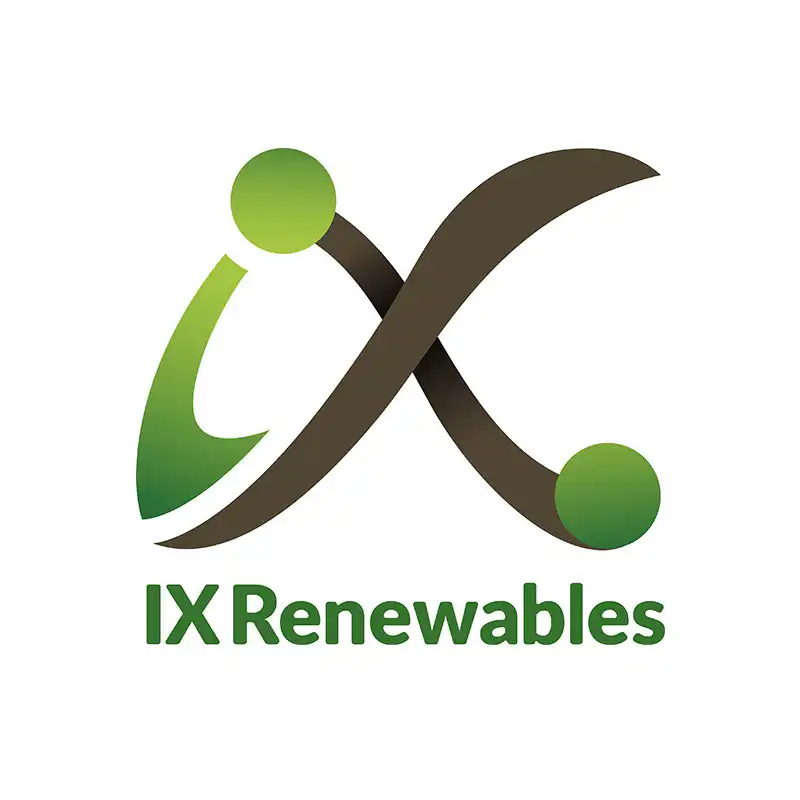Accelerating Floating Offshore Wind Development in Taiwan: A Strategic Proposal for Feed-in Tariff Reforms
Accelerating Floating Offshore Wind Development in Taiwan: A Strategic Proposal for Feed-in Tariff Reforms

The Ministry of Economic Affairs recently announced a draft for the "Feed-in Tariffs and the Calculation Formula for the Electricity Generated by Renewable Energy Power Generation Equipment" for the upcoming year (2024). Yesterday (18th), a public hearing on this matter was held. As Taiwan's sole Dutch wind power developer, IX Renewables, recognizing Taiwan's 2050 net-zero carbon emissions target and the nascent stage of floating offshore wind development, proposed during the hearing that the authorities establish a dedicated feed-in tariff (FIT) for floating offshore wind projects. They also advocated for the implementation of a phased tariff adjustment mechanism to anchor the domestic floating offshore wind industry, thereby indirectly advancing the local supply chain.
Floating offshore wind power refers to offshore wind systems installed on floating structures, typically located in waters 50 to 200 meters deep. Currently, Taiwan's offshore wind farm developers primarily use fixed-bottom foundations. In the western coastal waters of New Taipei City, Hsinchu City, Miaoli County, Taichung City, and Changhua County, the average seabed depth exceeds 40 meters. To align with the 2050 net-zero emissions policy and address the increasing demand for wind farm development, as well as the near-saturation of nearshore development within territorial waters, the Ministry of Economic Affairs has been promoting demonstration projects for floating wind farms since 2022.
In continuation of these efforts, the Ministry of Economic Affairs convened a public hearing yesterday to discuss the draft "Feed-in Tariffs and the Calculation Formula for the Electricity Generated by Renewable Energy Power Generation Equipment." However, the current draft only outlines tariff frameworks for onshore and offshore wind energy, omitting provisions specific to floating offshore wind power.
During the hearing, Lars Hummel, IX Renewables' Taiwan representative, highlighted that floating offshore wind technology remains in its early stages of development, with construction costs significantly higher than those of fixed-bottom wind farms. Consequently, IX Renewables urged authorities to establish a tailored FIT for floating offshore wind. They suggested providing additional tariff incentives for demonstration projects and introducing a phased tariff adjustment mechanism. As floating offshore wind technology matures, these rates could be gradually revised to ensure the industry's sustainable development.
Hummel emphasized that setting a reasonable FIT tailored to the current state of the industry could facilitate the establishment of Taiwan's first demonstration wind farm. This would anchor the industry domestically, driving upgrades within the local supply chain and strengthening Taiwan's energy security. Since floating offshore wind power requires underwater infrastructure suited to local environmental conditions, industry growth will promote technological advancements among local manufacturers. Additionally, the development of deep-sea areas will diversify offshore wind farm site selection, enhancing renewable energy supply and stability.
With Taiwan's 2050 net-zero carbon target and the global economy's increasing demand for green electricity, floating offshore wind power is poised to become a key industry for Taiwan to meet its goals. Hummel noted that, in the long term, FITs are not only crucial for developers to assess commercial viability but also pivotal in influencing global energy technology and research strategies. Taiwan has the potential to become a vital hub for floating offshore wind power in the Asia-Pacific region. At this early stage, establishing a reasonable FIT mechanism is essential to accelerate industry development and solidify Taiwan's position in the global floating offshore wind market.
